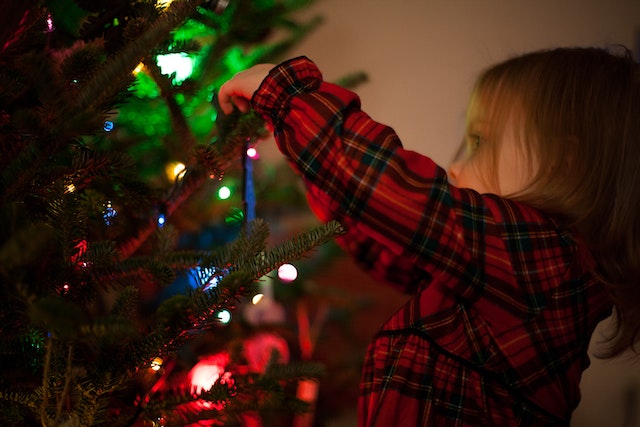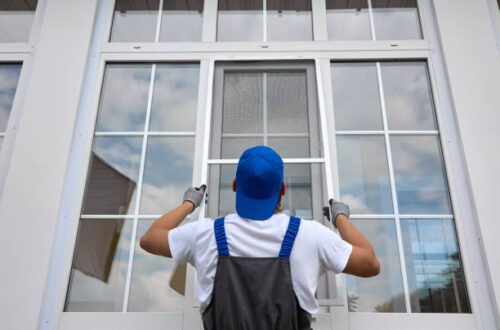Did you know that the oldest tree in the world is the Great Basin bristlecone pine, known as Methuselah, which is 4,853 years old? Big trees are important for ensuring the air we breathe and the climate we rely on stay stable.
But what happens if a tree dies? How do you know if a tree in your yard or someone else’s has passed, and how can you resolve the problem?
Read on to learn more about a dead tree.
Improper Root System
Symptoms of an improper root system include yellowing leaves, stunted growth, and wilted leaves. The tree also may lack vigor in its branches and be unable to withstand wind and rain, which can lead to limb breakage.
The tree may also not produce fruit or buds that are expected at a certain rate of growth. If a tree’s root system is not healthy, the tree is more likely to suffer from serious tree diseases, such as root rot, which can eventually kill the tree.
Rotting Bark and Structures
To begin with, the bark should be checked for any discoloration and signs of wear and tear. If there is any peeling bark, that is an indication that the tree is no longer alive, as healthy trees should have firm, unpeeled bark. Structurally, one should look for any broken or rotting limbs that may be indicative of decay and rot.
Moreover, if any of the branches are excessively drooping or appear to be dying, that is a sign of a dead tree. Lastly, a lack of leaves or needles also indicates that the tree is dead.
Fungal Infestations
Signs of a dead tree due to a fungal infestation include discolored bark, the rotten base of the trunk, and a hollow interior. In addition, mushrooms may begin to sprout at the base of the tree, indicating that a fungal infestation is present. Over time, the tree branches will begin to wither and die, and the trunk of the tree may become spongy or have insect holes in it.
If the infestation is severe, cutting the dead or infected branches can help to stop the spread of the fungus. However, it is important to properly dispose of the wood to prevent tree diseases from spreading to other trees nearby. You can get a tree service to entirely remove the dead tree.
Distinctive Insect Damage
Wood borers, bark beetles, and ambrosia beetles are all common examples of insects that cause damage to dead trees. The damage caused by these insects can often be seen as small holes in the tree trunk, large accumulations of sawdust that have been kicked out of the tree, and evidence of the adults which have bored into the bark.
As the damage progresses, these trees can become vulnerable to further insect attack, leading to the entire tree’s degradation.
Identifying a Dead Tree
Dead trees are easy to spot if you understand the signs. These signs include brittle bark and branches, dry, brittle leaves, and shallow roots.
Understanding these signs of a dead tree is important for homeowners to protect their property. If you are worried about the health of your trees, contact a tree specialist to assess the situation.
For more informative articles on trees and yard care, check out the rest of our website.






